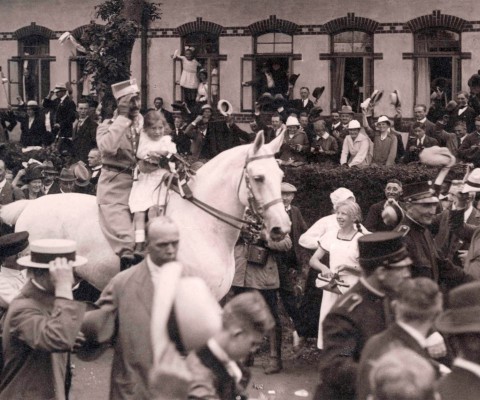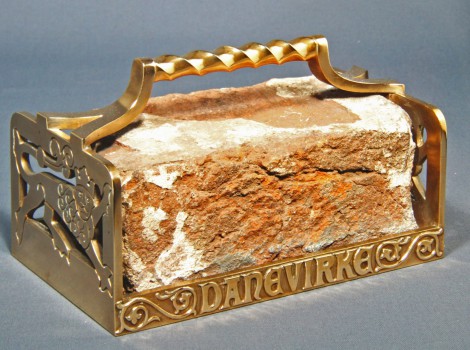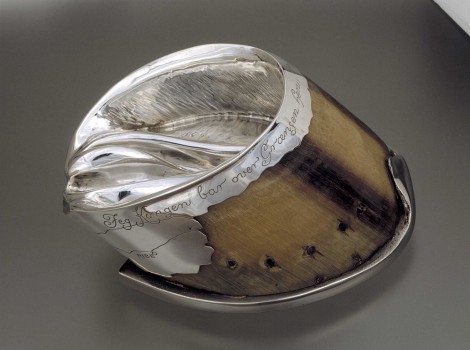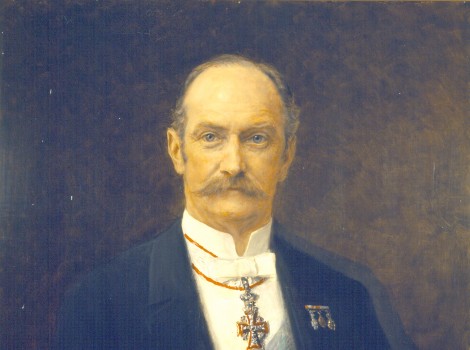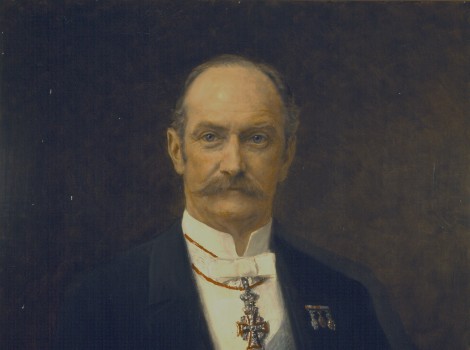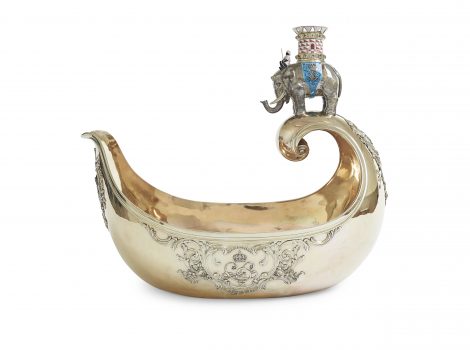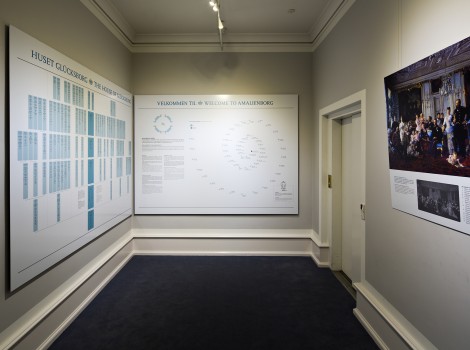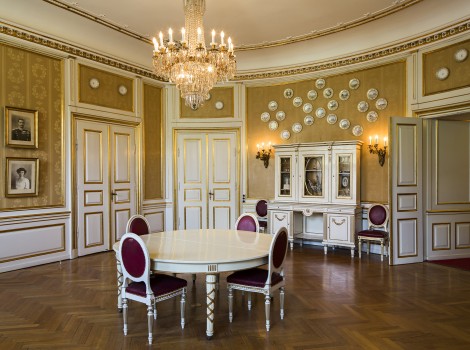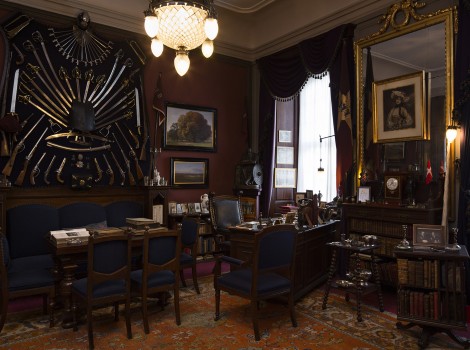1900-1925
With the change of system in 1901 parliamentarism became the current practice in Denmark, and the first Venstre (Left) government came to power. The most important upheaval of the period was without comparison the First World War, which broke out in 1914 and ended four years later with a dramatically altered Europe. In 1917 the Russian Revolution also broke out, which was a heavy blow for the Danish-born Empress Dagmar, who lost large parts of her family and had to flee, first to England and later to Denmark.
During the period Denmark had three kings: Christian IX (died 1906), Frederik VIII (died 1912), and Christian X. The conservatively minded Christian X liked to involve himself in politics, which caused some friction in relation to the various governments and culminated in the Easter Crisis of 1920, in which the king dismissed the government due to disagreement about the dividing up of Schleswig. Christian X eventually gave up his demands, however, and after a referendum in Schleswig the northern part (which is to say, Southern Jutland) became a part of Denmark once more. In 1917 Denmark sold the Danish West Indies to the USA, and Iceland broke away the following year, but remained in a personal union with Denmark until 1944.
After the beginning of the 20th century it is difficult to sum up stylistic and artistic tendencies in a straightforward way. The First World War marked a sharp break, however, as the post-war period saw a wealth of groundbreaking new approaches to art and design.
 Dansk
Dansk
 English
English
 Deutsch
Deutsch

